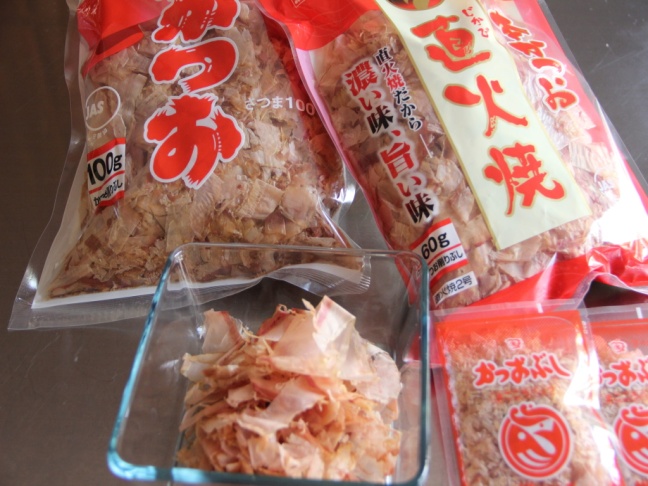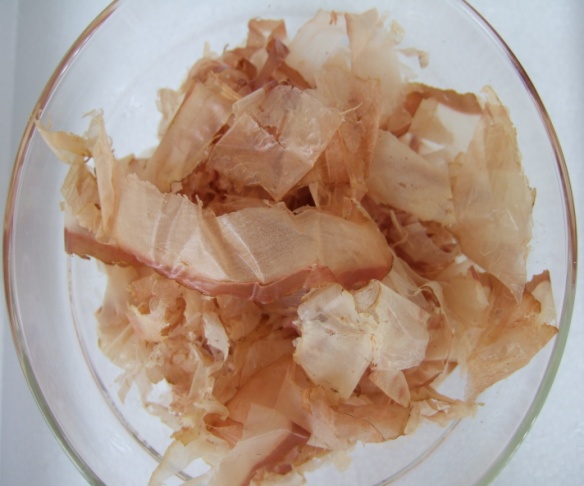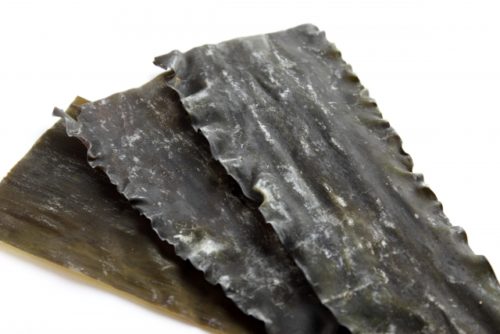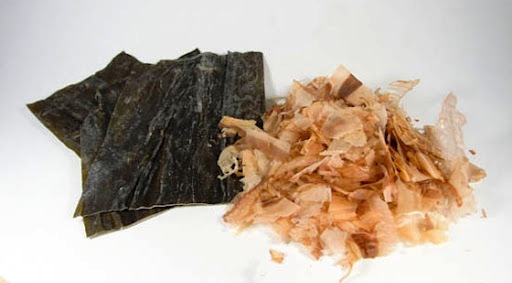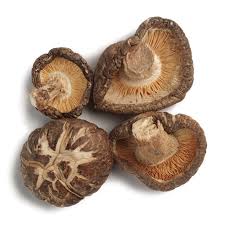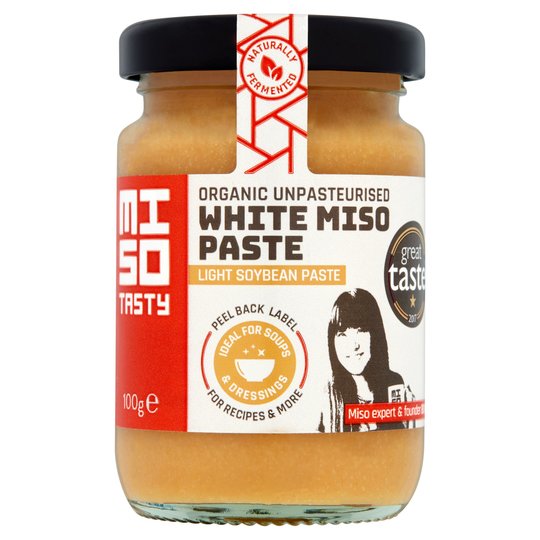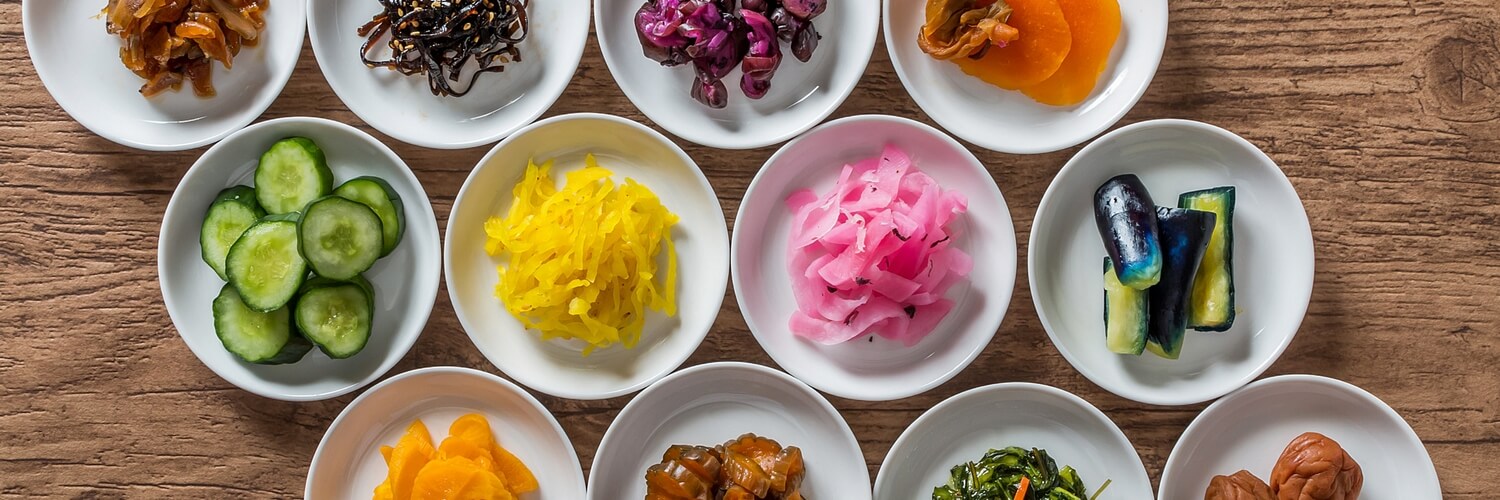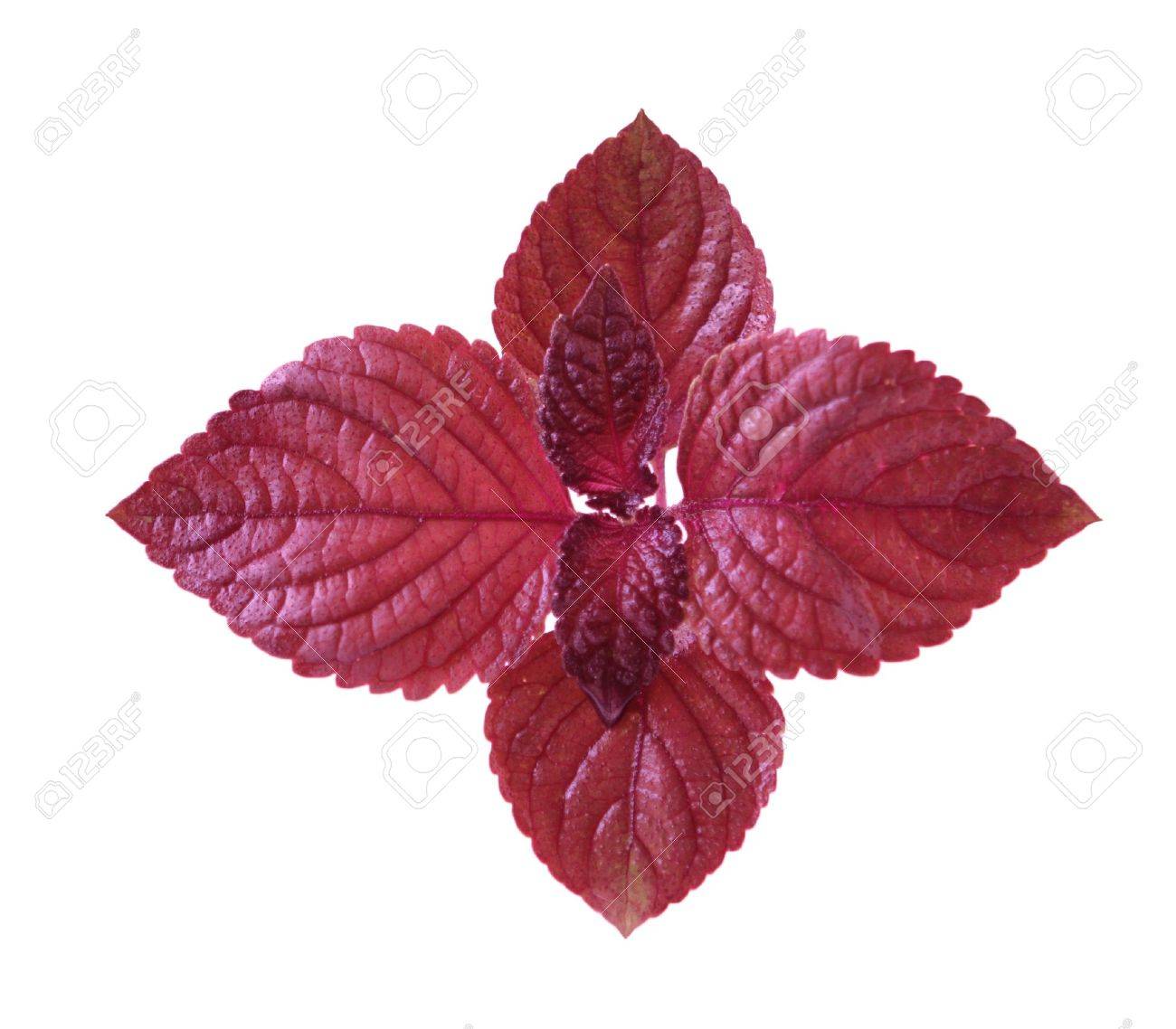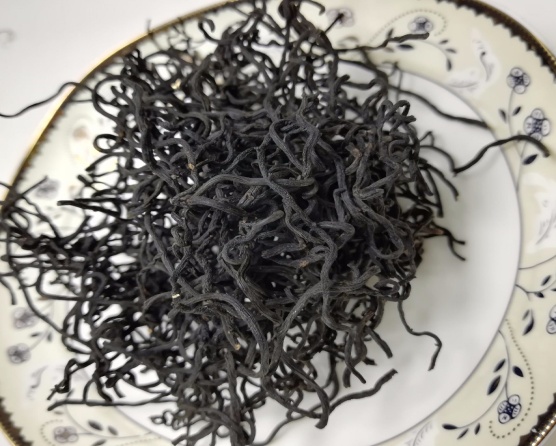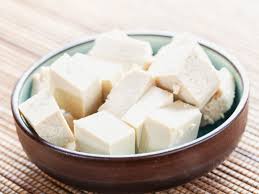An overview of Japanese Cuisine
Japanese cuisine offers an abundance of gastronomically delights with a boundless variety of regional and seasonal dishes. Japan is divided into distinct geographic regions, each of which has developed its own unique culinary traditions.
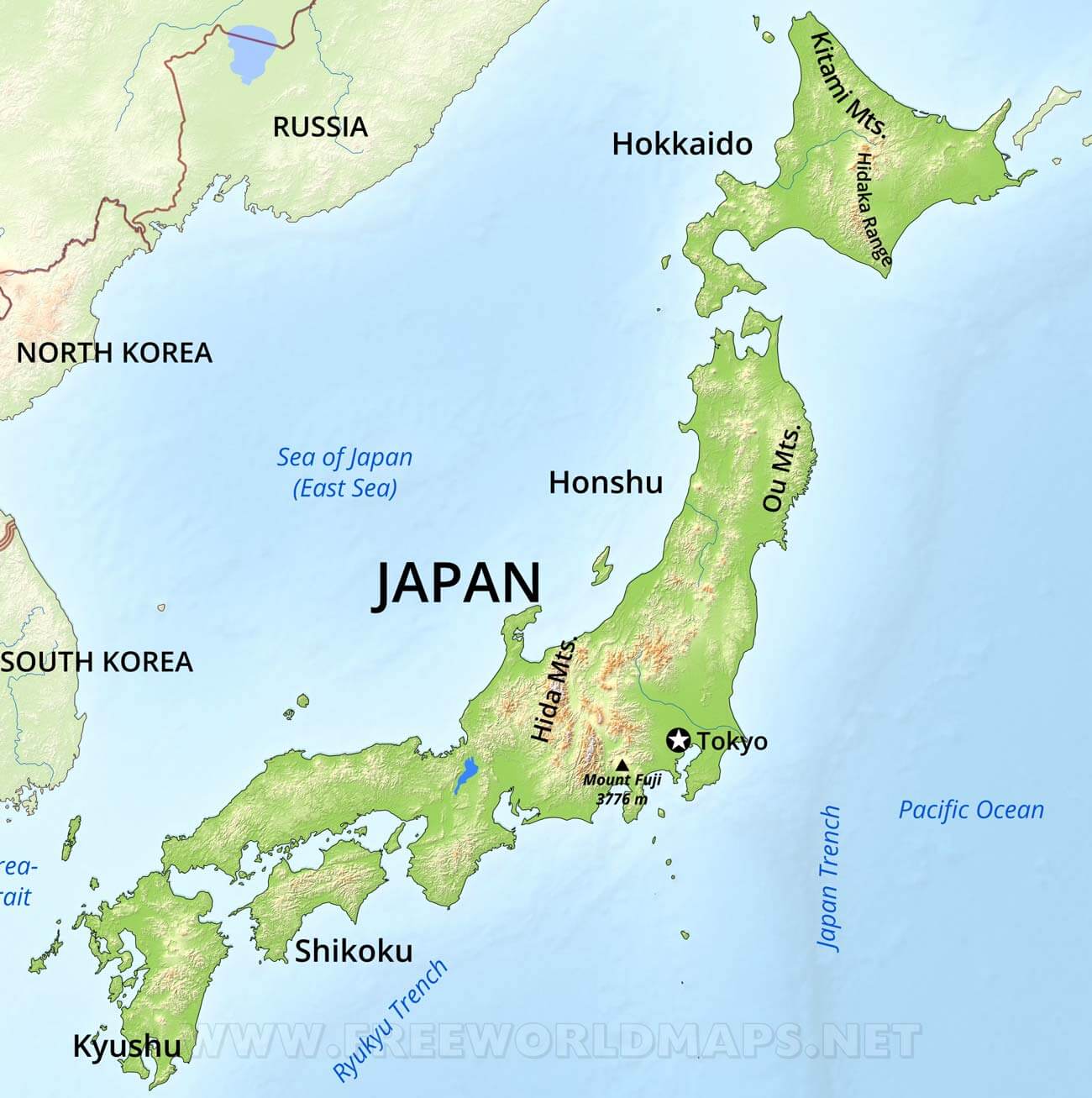

Characteristic of Japanese food:-
- A characteristic of traditional Japanese food is the sparing use of red meat, oils and fats, and dairy products. Use of ingredients such as soy sauce, miso, and umeboshi(Salted Japanese plum) tends to result in dishes with high salt content, though there are low-sodium versions of these available.
- Eating with the five senses. Taste, touch, sight, sound, smell: All of these sense come into play in Japanese cooking. Visual enjoyment is important — a dish may be arranged sansuimori, like a landscape painting, with elements on the dish evoking a sense of perspective.
- The dishes are usually presented in bite-sized pieces with each bite containing the meat, rice, and vegetables, even fruits. These are so meticulously prepared that the food preparation and presentation are an art unto themselves
- Secondly, due to the location of the country of Japan and the fact that it is surrounded by water, the protein that is used in a majority of dishes is fish. The Japanese diet lacks in meat and subsequently oil and dairy. In addition to the use of fish, the use of soy sauce, miso and umeboshi are common in Japanese dishes.
- The Japanese chefs have perfected the art and science of low-fat food thus partly explaining the cuisine’s popularity in the weight-conscious West. The emphasis on vegetables, fish and rice with little to no fat is part of the reason for it, as well as the smaller portions.
- But that doesn’t mean that Japanese food doesn’t have its share of high-fat food, especially in modern Japanese restaurants. You may want to skip the vegetable tempura, shrimp tempura, tonkatsu(pork cutlet), oyako domburi(rice dish), and chawanmushi(egg custard dish) because of their higher fat content.
- The emphasis on vegetables from cucumbers to seaweed makes Japanese cuisine a favourite among veggie lovers.
- Most of the food are peppered with bonito flakes (is dried, fermented, and smoked skipjack tuna) , cooked in fish or meat broth, and made with seafood from fish to shrimp, octopus and mollusks.
- Many of the dishes are eaten raw, as well as boiled or seared, usually with as little seasoning as possible. The famous umami flavor, the rich flavor profile for which Japanese food is known for, comes from a few selected ingredients including bonito flakes and broth, soy sauce, and miso. The usual Western seasonings like peppers and garlic aren’t common in the cuisine.
- To add contrast to the food, simple condiments are often added to enhance the flavors. Light dipping sauces, citrus, miso, wasabi, pickles, and soy sauce may be included with the course.
- Though the individual servings are small, traditional Japanese meals (called kaiseki) include several courses which add up to a lot of food.
- Other popular Japanese food options include teppanyaki, tempura and chicken teriyaki. Teppanyaki is when an iron griddle is used to cook food including a major meat protein, which is commonly accompanied by rice, eggs and finely chopped vegetables. Tempura refers to a light batter that is made and then poured over a variety of items, mostly vegetables and then fried creating a crisp outer shell while preserving the flavors within. Chicken teriyaki is cuts of chicken that are combined with rice and also include a teriyaki sauce. Most teriyaki sauces are comprised of similar ingredients but each individual chef can add their own additional components to make the sauce unique to their style and cooking.
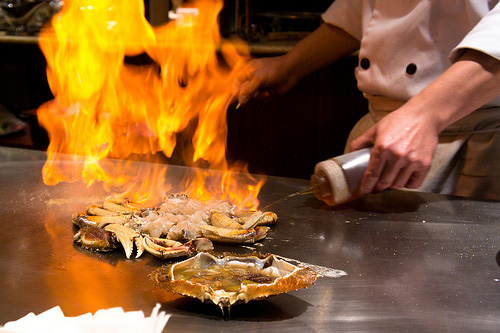
- In addition to much more extensive training, sushi chefs can produce traditional sushi. Sushi itself actually refers to the vinegar rice which is considered an art by sushi chefs and is cooked perfectly when it is only slightly sticky to the touch. Sashimi is the best cut of meat from the fish, is raw and should preferably be eaten without wasabi. A sushi meal is also always presented in the most impeccable form, as sushi masters believe you don’t just eat with your mouth, but also with your eyes.
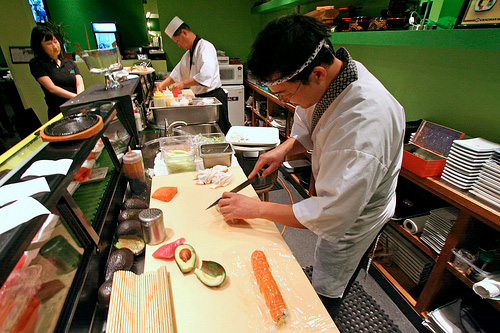
- BENTO:- It means a meal in a box. Prices vary according to the contents, but are usually very reasonable. As most Japanese food can be eaten cold, the cuisine lends itself to being packed – often very attractively – in a box for handy consumption anywhere.
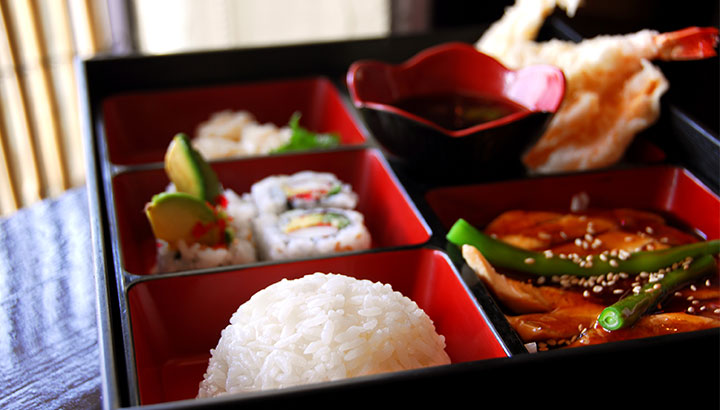
- Every region of Japan has different styles of typical traditional sweets, known as wagashi. These delicate creations are often sold in beautifully wrapped boxes, in convenience stores and in train stations because they are customarily given as gifts to friends and family. One of favorite sweets is Kyoto’s (triangle-shaped sweet rice wrappers filled with red bean paste).
- The traditional tea practice (chado) is considered one of the Japan’s highest forms of art, alongside calligraphy, music, and theatre. Aspiring practitioners study for years to earn the honor of serving a traditional tea.
- Japan’s specialty farmers grow high-quality fruit especially melons and strawberries.
- Traditional definition of a meal in Japan is that it includes rice, soup, pickles, and at least one side dish. In normal home cooking these components are usually served together rather than as separate courses. In specialty restaurants, the main course is sometimes served first accompanied by sake (rice wine), followed by rice, soup, and pickles to mark the end of the meal.
Most popular food ingredients used in Japanese cooking:-
- Rice;- Rice has been cultivated in Japan in wet paddies for about two thousand years. Introduced from southern China, the preference in Japan has always been for a glutinous, short-grained variety. Traditionally rice is boiled or steamed, and in modern kitchens it is usually prepared in automatic rice cookers.

The words for cooked rice in modern Japanese, meshi and gohan, are also used to mean a “meal.” Rice, sake, and the pounded-rice paste called mochi are powerful symbols in Japan. Rice and its products symbolize the relation of Japanese people to their deities, the nature of community in Japan, and Japan’s history and aesthetics, and in the end rice is a symbol of the Japanese self.
Note-If noodles constitute the main starch of a meal, rice is not served, but such a meal is also considered more of a snack than a proper meal.
Soups;-Three major ingredients, which may be used together or separately, create the basic stock of a Japanese soup (dashi).
The first is katsuo-bushi, or dried bonito:- is dried, fermented, and smoked skipjack tuna (Katsuwonus pelamis, sometimes referred to as bonito). It is also known as bonito flakes. Shaved katsuobushi and dried kelp—kombu—are the main ingredients of dashi, a broth that forms the basis of many soups (such as miso) and sauces in Japanese cuisine. Katsuobushi‘s distinct umami taste comes from its high inosinic acid content.
The second major ingredient is kelp (konbu ):- Kombu is an edible kelp, a type of seaweed, and it’s responsible for umami in many Japanese recipes including as dashi (Japanese soup stock), sushi rice, and hot pot.
It is also available as an instant powder. Konbu and katsuo-bushi often are used together to create a stock.
The third ingredient, shiitake mushrooms;-
Shiitake mushrooms, are boiled with or without kelp to create a vegetarian soup stock used, for example, in shoojin-ryoori, the vegetarian cuisine of Buddhist temples
Two main types of soups are based on these stocks.
Clear soups (suimono) -are considered light and elegant and are served in lacquered bowls with lids. A bit of salt and soy sauce is added to the broth along with two or three small bits of solid food, perhaps a piece of fish, a sliver of vegetable, and an aromatic garnish.
Miso soups comprise the second major class of soups. Miso is a paste made from soybeans and barley inoculated with a fungal culture and allowed to cure for a year or more. A great variety of miso exist, some smooth, others chunky. They range in color from light off white to medium brown to nearly black. Some are sweet, while others are quite salty. Because this is a bean-based ingredient, miso soups are a rich source of protein.
Pickles;-Japanese pickles (tsukemono ) are primarily pickled vegetables. They exist in great variety and add texture and diversity to even a simple menu. Originally pickling preserved vegetables for use through the winter, but pickles have come to occupy a place in the menu year-round.
Daikon radishes, Chinese cabbages, cucumbers, eggplants, and turnips are often pickled.
Rubbing the vegetable in salt, then placing a weight on top to force out liquids is a common method, as is packing the vegetables in miso, sake, sake lees, or rice bran. The use of vinegar is a relatively less-important pickling method in Japan.
Green, un-ripened Japanese plums (ume) are the only fruit regularly pickled, and they are prepared with salt and red perilla leaves (shiso). The resulting pickle, called umeboshi, is salty, sour, and red.
Red perilla leaves
Soya Sauce:-Soy sauce on the other hand, is a different story. Soy was introduced to Japan by China around 300 B.C. and it has since become a major player in the Japanese diet.
There are three different types of soy sauce: dark, light, and tamari. Dark soy sauce is the most popular in Japan. It has a sweet, fruity aroma, and a salt content of around 18 percent. Light soy sauce is a bit saltier and is fermented for a shorter period of time than dark soy sauce. The addition of a sweet drink made from fermented rice, called amazake, results in a milder flavor. Finally, tamari soy sauce uses almost no wheat and has the longest fermentation period of the three. This results in a distinct, rich flavor that many people find to be an acquired taste.
Side Dishes:- okazu is a Japanese word for side dishes include grilled fish or deep-fried pork (tonkatsu), but this is at odds with the traditional understanding. Side dishes could also include sweet vinegared cucumbers, steamed enoki mushrooms, or hijiki seaweed stewed with carrots. A simple meal might have only one side dish, but elaborate meals would have many. Some major okazu include salads, tofu, seafood, and meat.
Pic of dried hijiki seaweed & side dishes
Salads:- Traditional salads are served cold and can be divided into two basic categories, vinegared salads (sunomono) and salads with heavier dressings (aemono). The vinegar-based dressings usually include a basic soup stock (dashi) and soy sauce and might also include some fruit juice, ginger, or grated daikon radish as well. Heavier dressings are often made with pureed tofu, ground sesame seeds, or miso.
Tofu:- Tofu, also known as bean curd is a food prepared by coagulating soy milk and then pressing the resulting curds into solid white blocks of varying softness; it can be silken, soft, firm, or extra firm. It is a common ingredient for miso soup and as a base for thick dressings, tofu has attained worldwide recognition. It was originally brought to Japan from China, perhaps in the 900s by the delegations of Buddhist priests who studied there. As priests were allowed to eat neither meat nor fish, this high protein food was doubtless appreciated.
To make tofu, soybeans are cooked, then strained. The resulting liquid is soy milk. A coagulating agent is added to the soy milk, and the resulting curds are shaped into blocks.
Two simple ways of serving tofu are popular. Hiyayakko is chilled tofu cut into bite-sized pieces and served with a dipping sauce of soy sauce and grated ginger or chopped scallions. Yudoofu is tofu cut into cubes and heated in hot water seasoned with kelp. Once warm, the cubes are lifted out and dipped in a heated sauce flavored with grated daikon radish.
Seafood:- Japan is surrounded by the sea. Both cold and warm currents lap the islands, creating a variety of ecological niches. This in turn supplies Japan with a variety of fish, shellfish, and marine vegetables. The general attitude in Japan is that the freshest fish are best enjoyed raw. Fish that are not as fresh should be grilled with salt, and fish of even lesser freshness should be stewed with soy sauce or miso
Meat:- Eating meat was long a taboo in Japan. An imperial decree against eating several kinds of meats was issued in 675 c.e. In the Heian period (ninth to twelfth centuries), with the increased importance of Buddhism, meat eating largely disappeared in cities, though professional hunters were still active in remote areas.
Beverages:-The two most representative beverages of Japan are tea and sake
Tea was first imported into Japan in the 800s from China. The tea was formed into bricks, then allowed to cure by fermentation. These blocks of tea were powdered and boiled. After some popularity among the aristocracy, tea drinking in Japan died out. It was reintroduced in the 1200s, this time as powdered green tea.
Sake wine:- is an alcoholic beverage made by fermenting rice that has been polished to remove the bran. It is offered to Shinto deities both at home altars and at large public shrines, and it is the drink that seals the marriage in any Shinto wedding ceremony. Although sake has a long history, modern sake is clear and has a higher alcohol content (15 to 17 percent) than before the twentieth century. 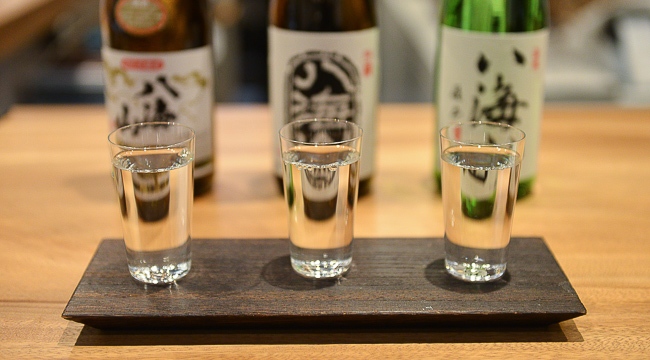
Most popular Japanese food items:-
Makizushi:-Makizushi is sushi that is rolled into long cylinders. It may be cut into shorter pieces before being served. The word makizushi means sushi rolls. It is often called maki and usually has nori on the outside but can be wrapped with leaves such as Shiso. Maki is filled with sushi rice and ingredients such as raw fish, cooked fish & vegetables. |  |
| Miso soup:- Miso soup is an important to breakfast as coffee. It is a hearty soupr of dashi, miso and tofu. It often includes a variety of vegetalbles, seafoods and meat. A good miso soup balances ingredients that float with ingredient that sinks. | 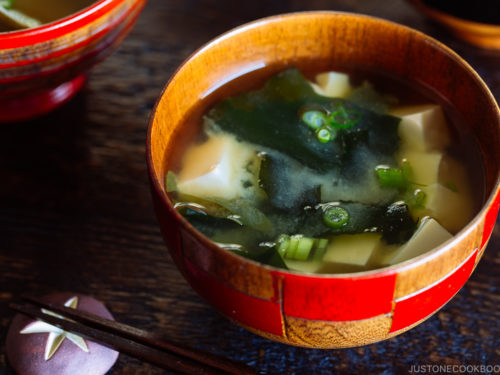 |
| Yakitori:- Yakitori means Grilled chicken. It is a category of Japanese cuisine that includes dozens of items that are grilled on thin bamboo skewers including every imaginable part of the chicken as well as other meats, tofu and vegetables. | 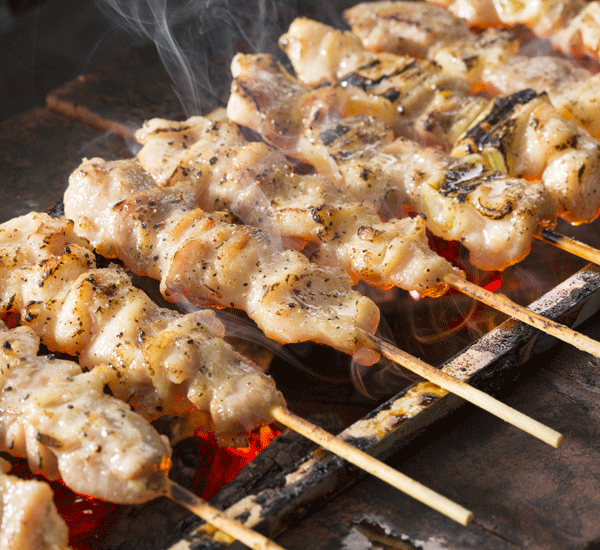 |
| Tempura:- Tampura is a deep fried fish and vegetables in a light batter. Care is taken to cook tempura at a low temperature for a short time to preserve the taste of ingredients. It is served with a light tentsuyu dips. | 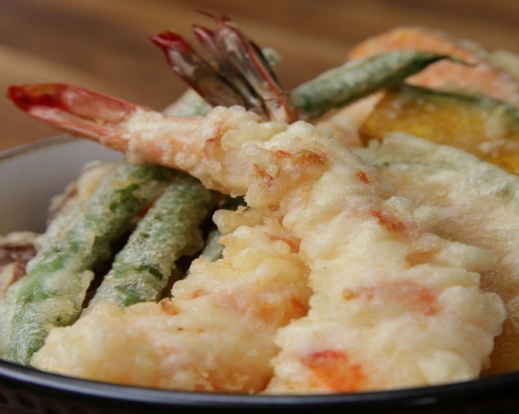 |
| Edamame:- Young soybeans cooked in their pod in salty water. The taste infinitely better fresh from the farm. | 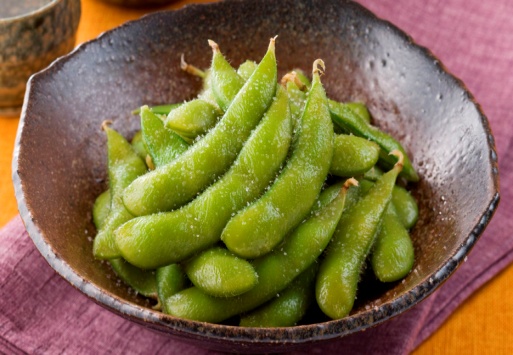 |
| Ramen:- Hot Chinese style wheat noodles in a meat, fish, miso or soy sauce broth. It is in expensive, filling easy to find snacks. Ramen is cheap and easily available. | 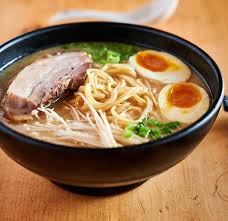 |
| Mochi- A sticky variety of Japanese rice known as mochigome that has been pounded into paste. Toasted and eaten directly. Also used in a variety of Japanese dishes and desserts. | 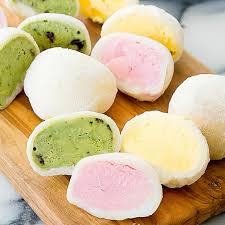 |
| Okonomiyaki:- A type of savoury Japanese pancake that was traditionally prepared to use up leftover. | 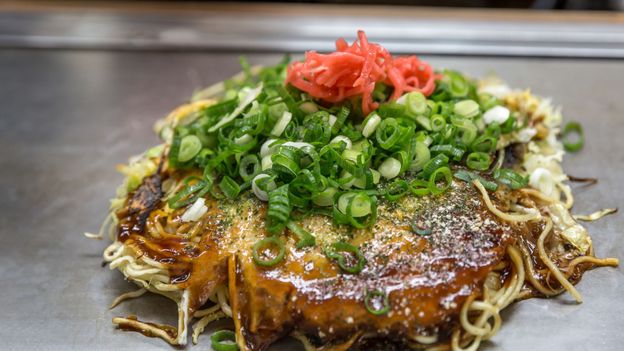 |
| Sashimi:- Raw sliced fish or meat . Freshness and aesthetics are important to sashimi dishes. | 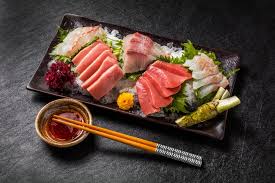 |
| Oden:- Oden is a Japanese hot pot that is ordered items by item. It is a popular street food, konbini food, winter food and drinking food. Oden may be cooked in a very old broth. | 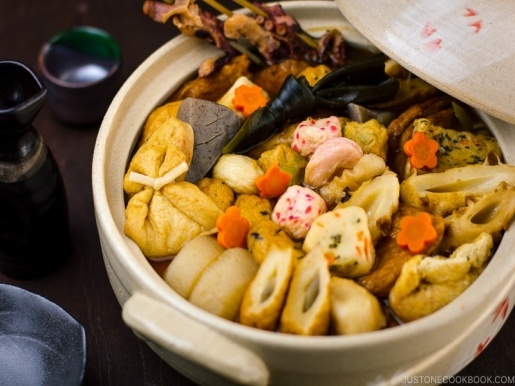 |
| Soba:- Thin Japanese buckwheat noodles served chilled with a dipping sauce or in a hot broth. | 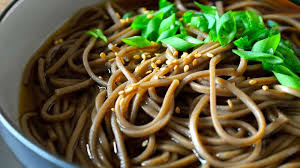 |
| Natto:- A type of fermented soybean. It is stinky and slimy with a challenging taste but Japanese likes it anyway. | 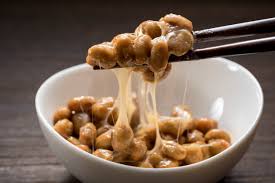 |
| Onigiri:- Onigiri is any rice that is designed to be eaten by hand. It is the Japanese equivalent of the sandwich. | 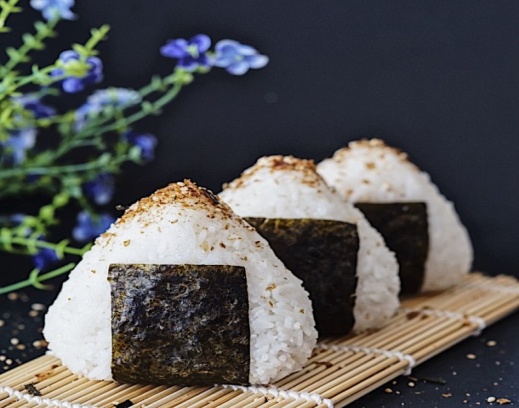 |
| Udon:- Thick wheat flour noodles served hot in a soup or chilled with a dipping sauce of dashi, mirin and Shoyu. Udon is a staple of the Japanese diet and is easy to find in Japan. It is thick noodles served with dozens of different toppings including tempura, meat, tofu, seafood, vegetable. | 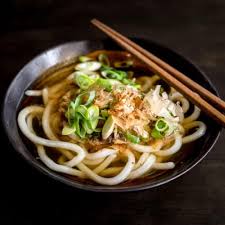 |
| Yakiniku:- it means grilled meat which is a barbeque style of grilling. | 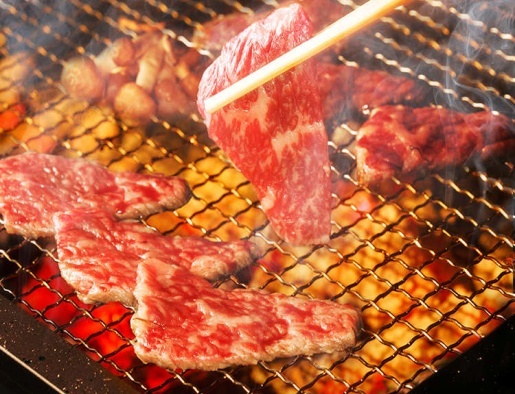 |
| Takoyaki:- Ball shaped savoury pancakes with a piece of Octopus in the middle. Optionally topped with beni shoga, katsuobushi, nori flakes, mayonnaise and takoyaki sauce, a sweet soya sauce based condiments. | 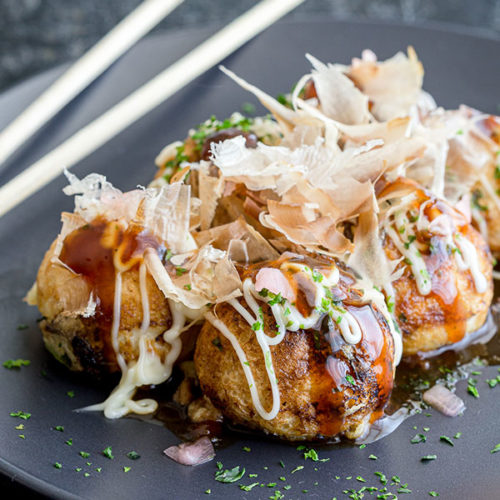 |
| Yuba:- Japanese tofu skin. It can be enjoyed with raw with a light dipping sauce. | 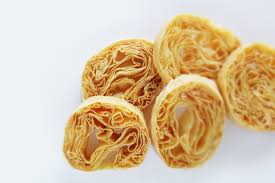 |
| Sukiyaki- Sukiyaki is a Japanese stew that is typically cooked in a hot pot. It consisit of thin – sliced beef, vegetable and tofu in a fairly thick broth of soy sauce , sugar and mirin. It is often served with raw eggs as a dipping sauce. | 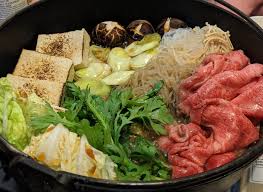 |
| Shabu Shabu:- it is hot pot of thinly sliced beef or pork. | 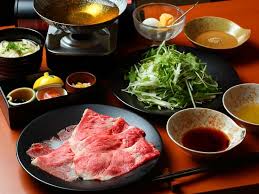 |
| Yakisoba:- Fried noodles in a thick sweet sauce resembling tonkatsu sauce. Yakisoba is not made from soba noodles but it is made with wheat noodles similar to ramen. | 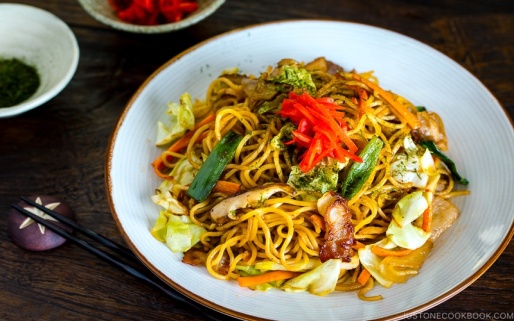 |
| Himono:- Himono is the Japanese word for sun dried fish. It is grilled and served for breakfast . | 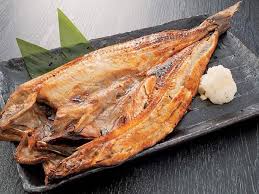 |
| Dango:- Dango is a type of Japanese dumpling that are usually served on a stick. It is made from mochiko rice flour. Dango is served with a sweet topping such as anko or kinako. | 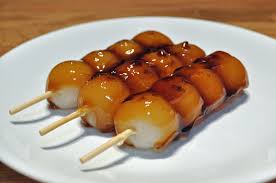 |
| Agedashi Dofu:- it is lightly breaded deep fried cubes of tofu in a hot broth of dashi, mirin and soya sauce. It is typically served with negi, daikon and katsuobushi. | 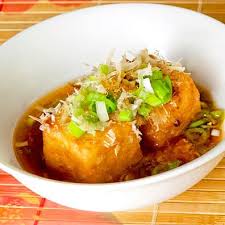 |
| Nikujaga:- A Japanese beef and potato stew flavoured with Shoyu. |  |
| Chira shizushi:- It is a bowl of sushi rice with ingredients such as raw fish, shredded egg, nori ans shiso on top. | 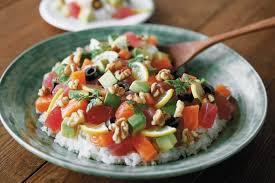 |
| Omurice:- Fried rice wrapped in a thin omelette topped with ketchup or demi-glace sauce. | 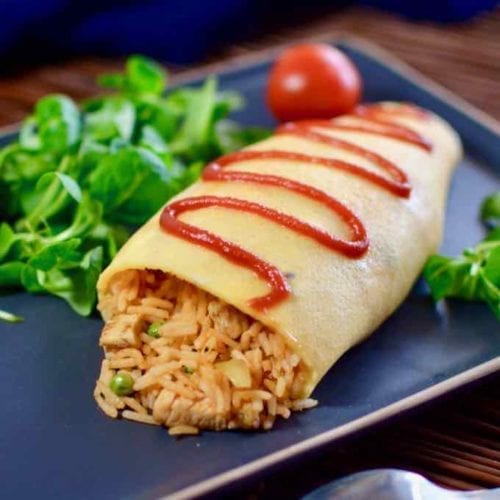 |
| Yudofu:- Yudofu consist of cubes of tofu and vegetables in hot water. Kombu is normally added to the water for a slight umami taste. | 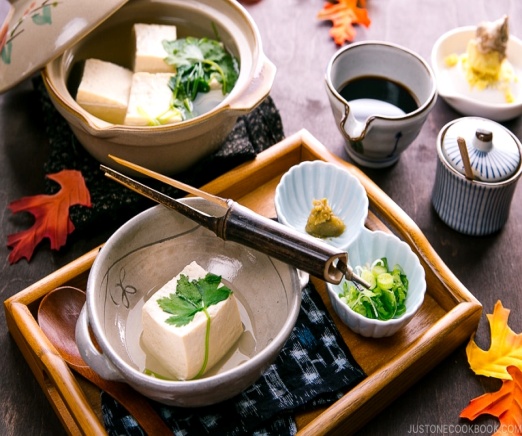 |
| Fugu:- A Japanese delicacy of raw or cooked pufferfish. Although pufferfish is very poisonous to eat. However only trained chefs are licensed to prepare it. |  |
| Nigri:- A hand formed oval of sushi rice with an ingredients such as raw or cooked fish on top. | 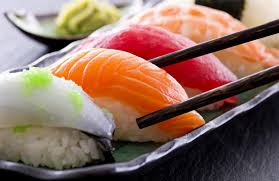 |
| Tonkatsu:- Tonkatsu is a type of Panko breaded , deep fried pork cutlet served with shredded cabbage. It is served with tonkatsu sauce which is very similar to Worcestershire sauce but thicker and sweeter. | 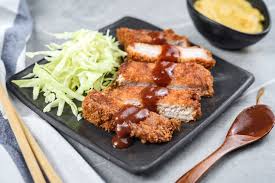 |
| Hiyashi Chuka:- Hiyashi chukka is a Japanese dish of cold ramen noodles served with a colorful ingredients such as cucumber and egg. | 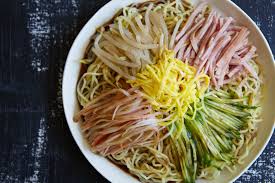 |
| Teppanyaki:- A type of Japanese steakhouse that bordered on the performance art of chefs. | 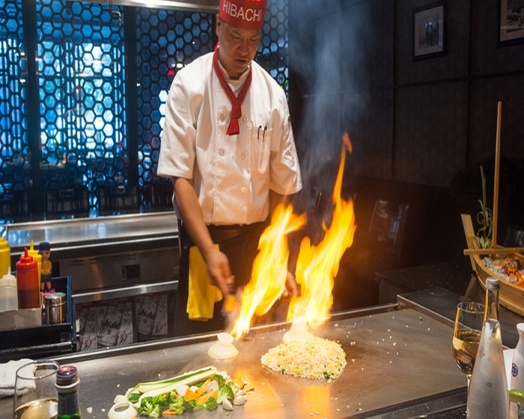 |
| Ikayaki:- an entire grilled squid typically cut into rings with mayonnaise on the side. | 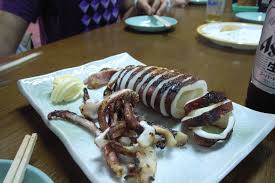 |
| Sekihan:- It means Red Rice which is cooked with Azuki beans. It is primarily because red is considered an auspicious color according to Japanese traditions. | 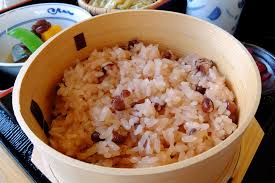 |
| Wakame salad:- wakame salad usually consist of tofu, sesame seed, seaweed and served with soy sauce , vinegar & oil. | 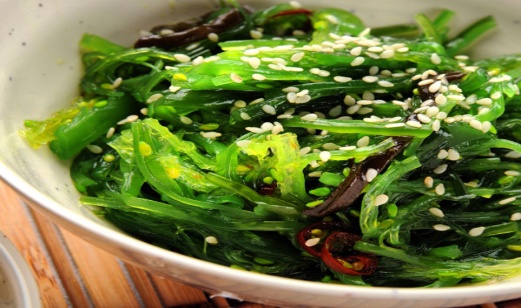 |
| Shiokara:- Small pieces of fish a salty sauce of fermented fish guts. It is considered a chinmi or rare taste meaning that not everyone likes it. | 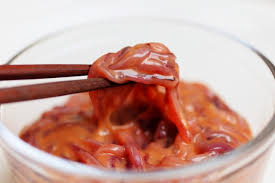 |
| Donburi:- Donburi is a bowl of rice with meat , fish or vegetable on top. | 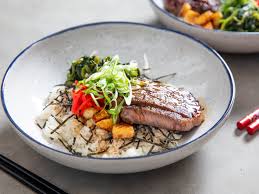 |
| Somen:-it is wheat flour noodles served with a light dipping sauce. |  |
| Korokke:- it is a breaded deep fried dish with a centre of minced meat, seafood or vegetables in a mashed potato or white sauce. It is Japanese version of croquette. | 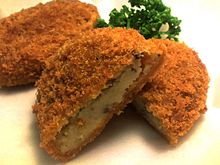 |
| Okayu:- it is the simplest form of rice cooked with water or stock & seasoning such as salt. Topping such as negi, minced salmon, nori and ginger can be added. | 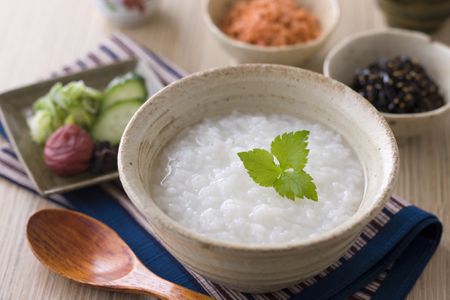 |
| Futomaki:- Futomaki is rolled sushi with nori on the outside and multiple ingredient on the inside. Ingredients such as vegetables , fish, cooked fish & eggs etc. | 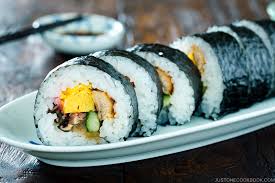 |
| Karaage:- it is Japanese style of fried chicken in a thin batter of soy sauce , garlic ,ginger and wheat flour. | 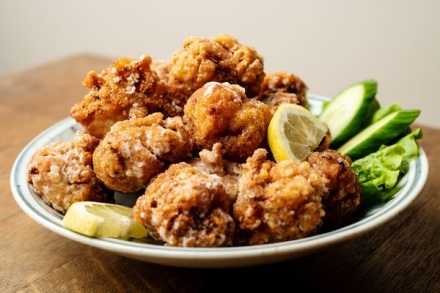 |
| Ochazuke:- A simple dish of green tea poured over cooked rice often with seafood such as salmon. Hot water or dashi can be used in place of tea.common topping includes nori and seasame seeds. | 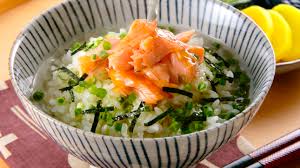 |
| Gyoza:- A fried dumpling with a characteristic crimped edge filled with ground meat, spices and vegetables. Gyoza is Japanese version of Chinese Jiaozi dumpling. | 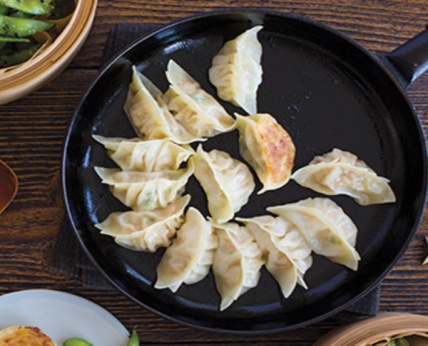 |
| Tonjiru:- It is pork soup consist of pork, burdock root, konnyaku, onion, daikon, carrots, tofu, potato and mushroom. | 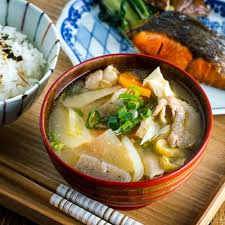 |
| Ebi Furai:- Prawns breaded in panko and deepfried. Ebi furai are a common bento items and are sold precooked at super market. | 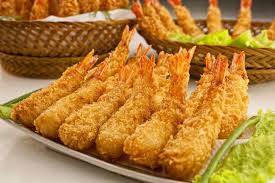 |
| Yaki Onigiri:- Onigiri rice balls grilled with soy sauce and butter until crunchy. | 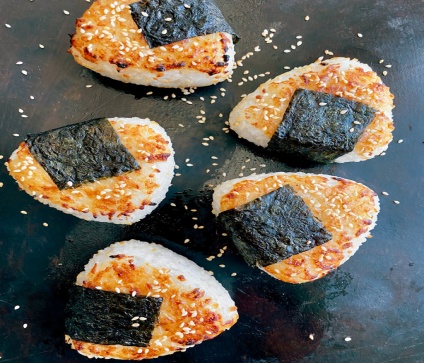 |
| Shogayaki:- Shogayaki is a thin sliced ginger fried pork. It is a basic Japanese dish that people cook at home. | 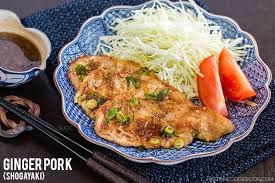 |
| Oshizushi:- Oshizushi is sushi that has been pressed in a wooden mold known as a oshibako. It is speciality of Osaka. The most common type is Battera, pressed mackerel sushi. | 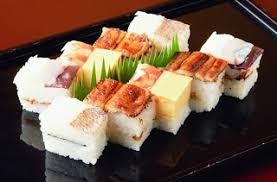 |
| Gunkanmaki:- it is type of sushi which is hand formed oval size or boat size. Sushi rice is wrapped in a nori sheet and topped with soft ingredient such as fish roe. | 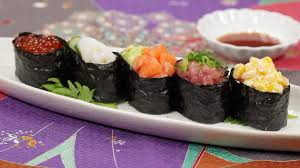 |
| Mentaiko:- Mentaiko are the strong tasting raw roe of Pollock or cod fish. It is used as a topping ingredient on sushi. | 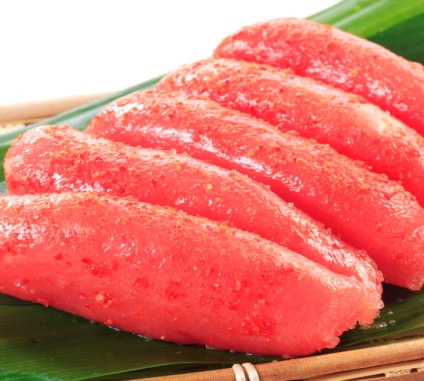 |
| Gomaae:- A side dish made with vegetables, often spinach and sesame dressing. | 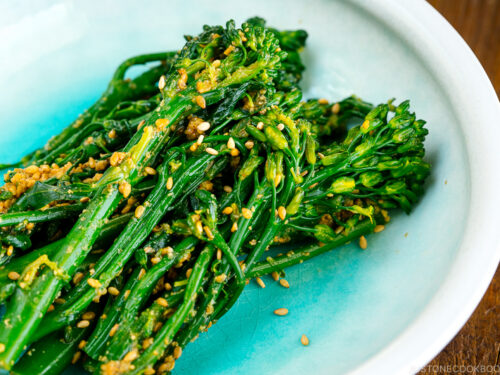 |
| Tsukemono:- Vegetables pickled in vinegar, salt, miso, malted rice, sugar or sake. It is typically served as a side dishes or topping. | 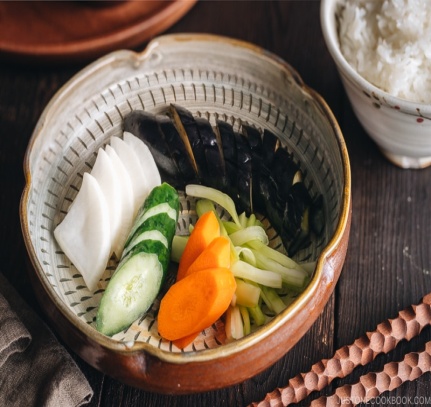 |
| Katsuo tataki:- Tataki is a Japanese cooking method that sears meat or fish very briefly over a hot flame. The result is crispy on the outside and raw in the middle. The dish is then marinated in vinegar and thinly sliced. | 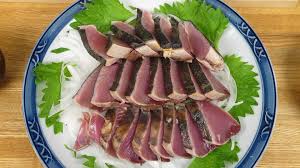 |
| Kamaboko:- it is fish sausage made from pureed white fish often from unpopular type of fish. | 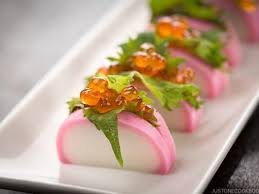 |
| Motoyaki- Motoyaki is a dish of seafood in a oyster shell. It is topped with a mayonnaise sauce and baked. | 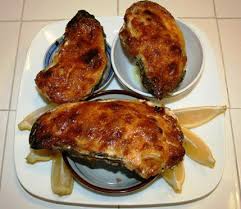 |
| Tebasaki:- Tebasaki are chicken wings that are deep fried without batter until crispy and seasoned with a spicy sweet sauce. | 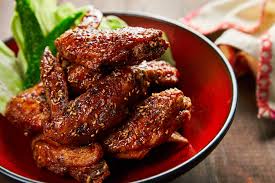 |
